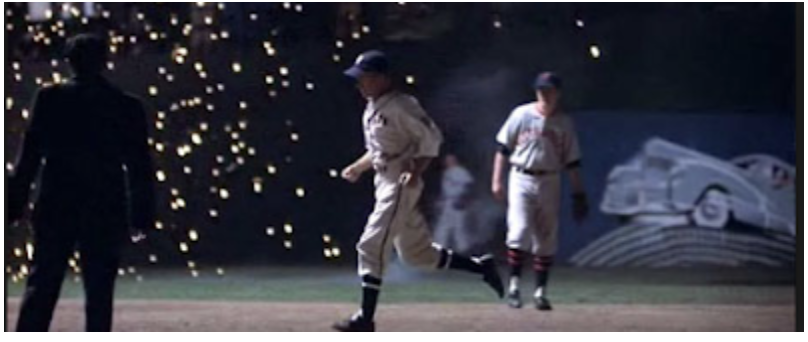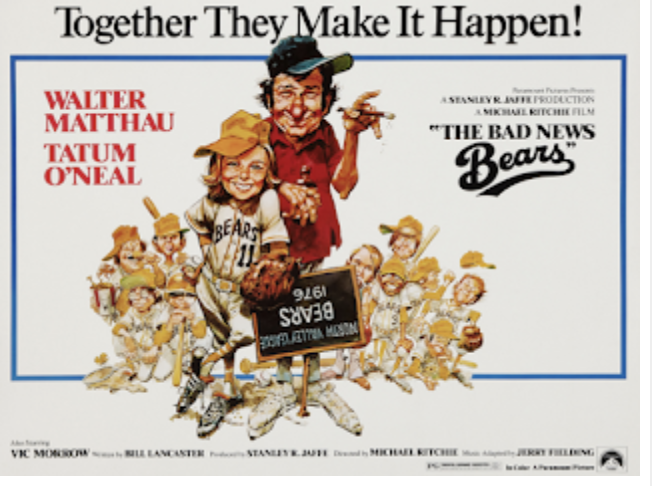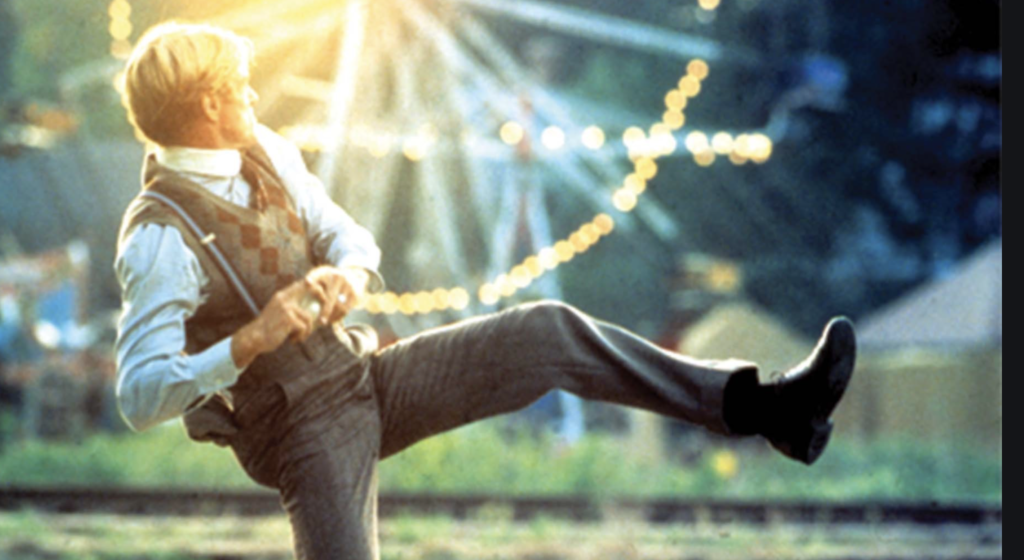In 1952, a writer named Bernard Malamud came out with a great book about baseball.
In 1984, with the Reagan ’80s at flood tide, Barry Levinson made a film of the book and ruined the story.
Maybe it was the difference between eras, the difference between Joe McCarthy and Ronald Reagan, the difference between the Red Scare and Morning in America.
Malamud wrote the book in an era when people still remembered Shoeless Joe Jackson and the Black Sox scandal of 1919.
When it came to hitting, Jackson might have been the closest ever to a real “natural,” but the story Malamud told included another one as well.
In 1949, Eddie Waitkus was a first baseman for the Philadelphia Phillies. During spring training in Florida, an obsessed fan shot and wounded him. While this is an element in Malamud’s book, essentially it only sets up the story.
It seems silly to have to say this for a book published 69 years ago and a movie released 37 years ago, but if you’re going to read and further, I’m going to tell the ending of both, so …
Spoiler Alert:
What makes the book so wonderful is that in baseball, even the best hitters fail 65-70 percent of the time. so when the protagonist, Roy Hobbs, comes to bat in the climax of the story, he is trying his best to thwart the gamblers who tried to bribe him.
He comes up to bat with a chance to win the pennant for his team, the New York Knights, and to the shock of the fans, he strikes out.
The Knights lose.
The newspapers say Hobbs was paid to strike out.
And of course, the final moment when a little boy tugs at Hobbs’s shirt and says, “Say it ain’t so, Roy.”
Of course Robert Redford would never have played that Roy Hobbs. In one of his least successful movies, “The Great Waldo Pepper,” he played an early aviator who failed at a key moment. William Goldman, who wrote the screenplay, said that was the exact moment at which the movie lost the audience.
Redford has never again played a hero who disappointed the audience, so he certainly wasn’t going to strike out in the last inning.

Not only does he come through to win the game, his home run is so massive that it hits the lights and the ensuing explosions turn into fireworks while he is circling the bases.
The movie then ends with Redford in a Nebraska field playing catch with his son.
Changing the ending also ruins one of the great constructions of Malamud’s novel.
In both book and movie, the young Roy Hobbs is on his way to Chicago for a tryout. Also on the train is an aging star, the Whammer (who is clearly meant to be Babe Ruth). At a refueling stop for the train, Roy strikes the aging slugger out on three pitches. As the train is pulling out, he tosses the ball to a young blonde boy for a souvenir.
At the end, in the final at-bat many years later, the young blonde boy has grown to be the pitcher who faces Roy with the game on the line. In the book he strikes him out, bringing the story full circle.
I have friends who consider this the greatest baseball movie ever made. I couldn’t disagree more. There are certainly nice things about it, but I’d rate it below at least a dozen or so movies, from the Kevin Costner movies to old ones like “Pride of the Yankees,” “The Stratton Story” and “It Happens Every Spring.”

In fact, I’d rate it below the greatest of the kids’ sports films, the original “Bad New Years.”
Why was it the greatest?
Simple.
The movie doesn’t end with an improbable victory.
In the end, the Bears lose.

